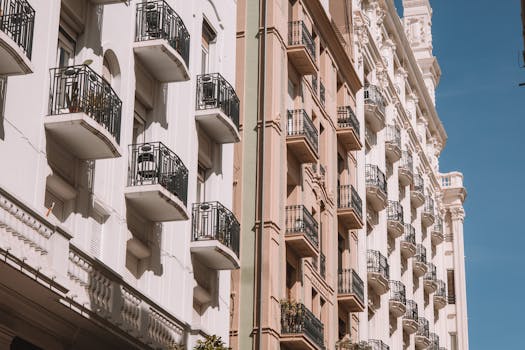
Urban Green Spaces: The Future of Outdoor Living in European Cities by 2025
Introduction to Urban Green Spaces
Urban Green Spaces are becoming increasingly important in European cities as they provide numerous benefits for both the environment and the citizens. The focus keyword Urban Green Spaces will be the cornerstone of this article, exploring the concept, importance, and future of these spaces in European cities. With the rise of urbanization, cities are facing numerous challenges such as air pollution, heat islands, and lack of recreational areas. Urban green spaces can help mitigate these issues by providing a natural oasis in the midst of concrete jungles.
The Importance of Urban Green Spaces
Urban green spaces are not just limited to parks and gardens; they can include green roofs, walls, and even urban forests. These spaces provide a range of ecosystem services including air purification, noise reduction, and climate regulation. They also offer recreational areas for citizens, promoting physical activity, mental well-being, and social interaction. Moreover, urban green spaces can help to enhance biodiversity, protect wildlife, and preserve ecosystem services.
Benefits of Urban Green Spaces
The benefits of urban green spaces are numerous and well-documented. Some of the most significant advantages include:
- Improved air quality: Urban green spaces can help to remove pollutants from the air, improving respiratory health and overall well-being.
- Reduced urban heat island effect: Green spaces can help to cool the environment, reducing the urban heat island effect and improving thermal comfort.
- Increased biodiversity: Urban green spaces can provide habitat for wildlife, promoting biodiversity and ecosystem services.
- Enhanced mental health: Access to green spaces has been shown to reduce stress, improve mood, and promote mental well-being.
- Community engagement: Urban green spaces can serve as community hubs, promoting social interaction, cohesion, and a sense of belonging.
European Cities and Urban Green Spaces
European cities are at the forefront of urban green space development, with many cities incorporating green spaces into their urban planning strategies. Cities such as Copenhagen, Stockholm, and Amsterdam are leading the way, with innovative designs and implementations of urban green spaces. These cities are not only providing recreational areas for citizens but also using green spaces as a tool for sustainable urban development.
Future of Urban Green Spaces in European Cities by 2025
As we look to the future, it is clear that urban green spaces will play an increasingly important role in European cities. By 2025, we can expect to see:
- Increased investment in urban green space development
- More innovative designs and implementations of green spaces
- Greater emphasis on community engagement and participation in green space development
- Integration of green spaces into urban planning strategies
- Enhanced focus on biodiversity and ecosystem services
Conclusion
In conclusion, urban green spaces are a vital component of sustainable urban development in European cities. As we move towards 2025, it is essential that we prioritize the development and maintenance of these spaces, incorporating them into our urban planning strategies and promoting community engagement and participation. By doing so, we can create healthier, more sustainable, and more livable cities for generations to come.





